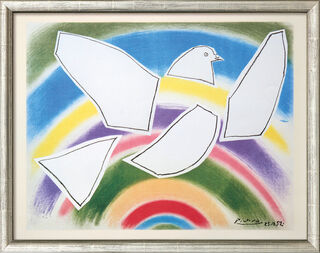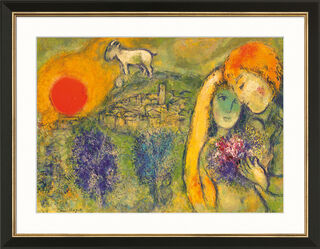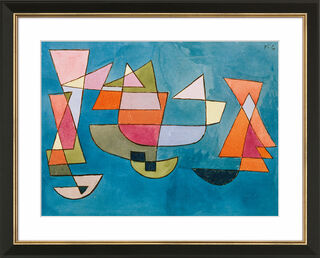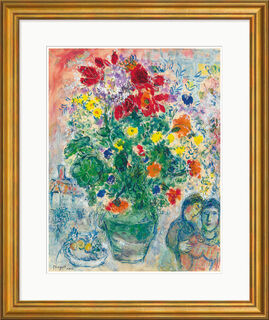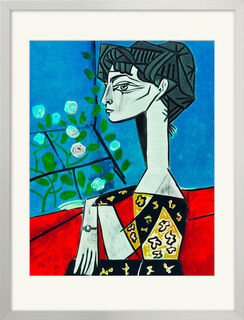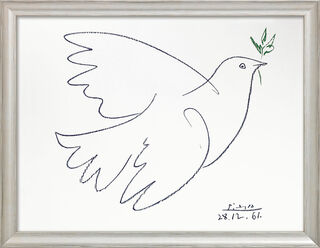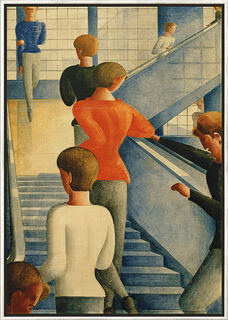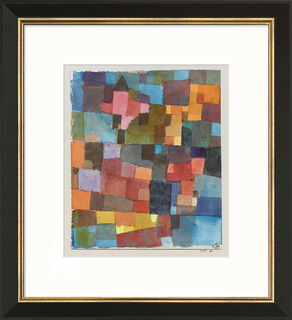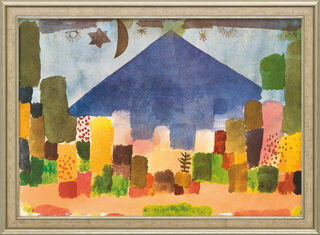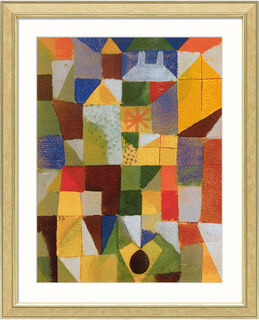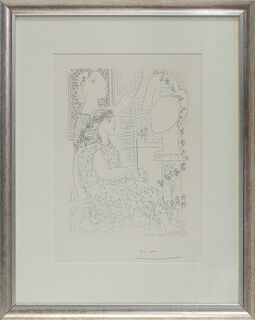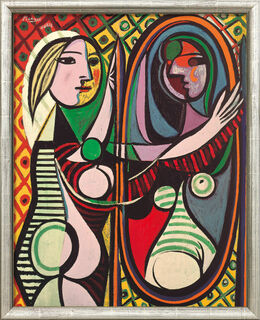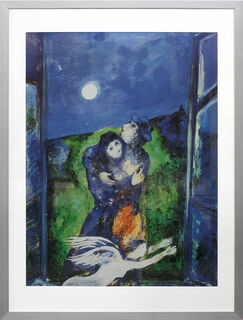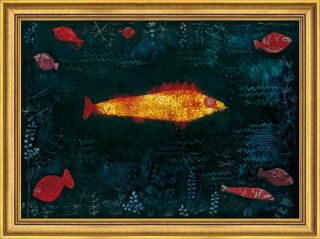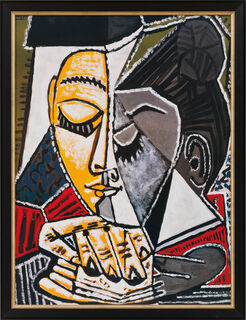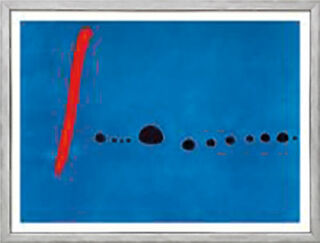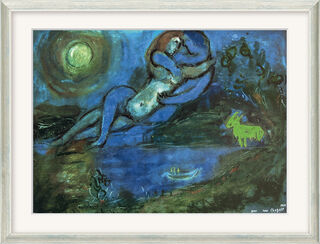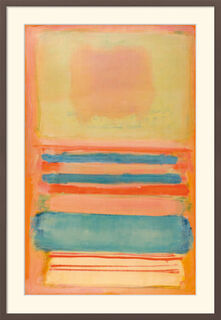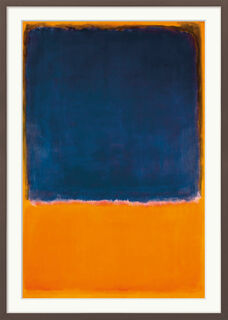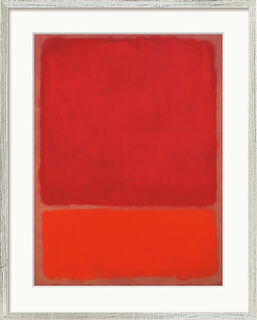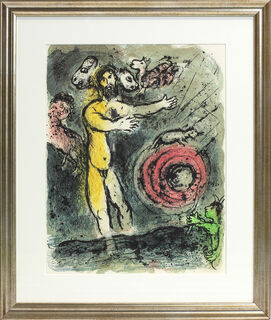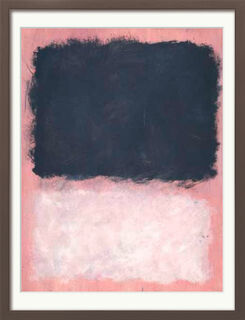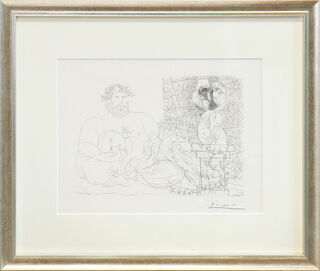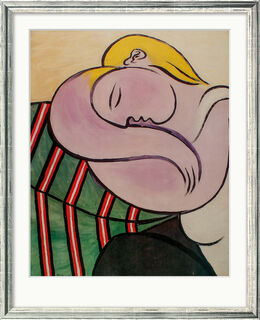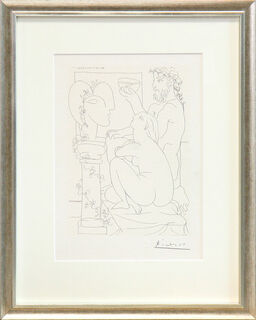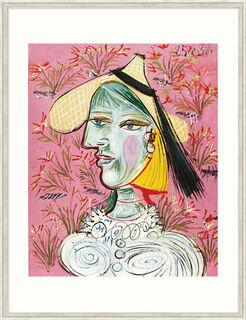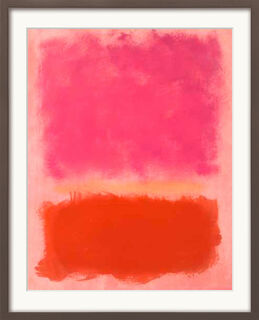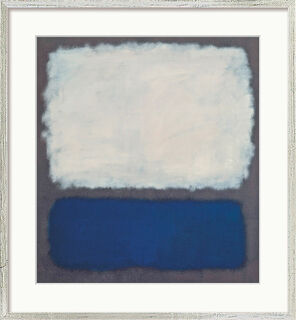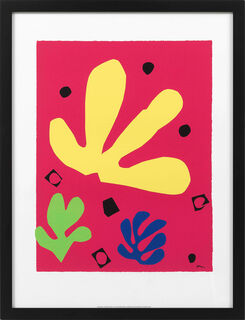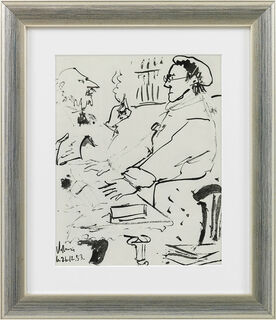Classical Modern
Classical Modern: The Dawn of New Painting Style
Classical Modern is a term used in art and architectural history to describe the epoch roughly from the late 19th century to the mid-20th century. This phase marks the culmination of several art epochs particularly relevant from an art historical perspective today. The collective term Classical Modern includes the avant-garde tendencies in various European countries. The most important include Cubism, Constructivism, Expressionism, Bauhaus, Dada, and Surrealism. However, the artists of Classical Modern did not work as a homogeneous group but rather developed their idea of contemporary art independently of each other. The only agreement was in moving away from the traditional representational forms of the 19th century. Through this approach, the artists of Classical Modern set a decisive direction for the art of the 20th and 21st centuries.
Characteristics of Classical Modern Painting
Since Modern painting is not a uniform artistic movement, it is difficult to identify universally valid characteristics. Nevertheless, the detachment from realistic representation and naturalistic forms can undoubtedly be seen as a major achievement shared among the styles of Classical Modern. Until the end of the 19th century, painting was still more or less committed to the natural proportions of humans and nature. This was to change fundamentally at the turn of the 20th century. While the objects didn't entirely disappear from the paintings of Classical Modern, the avant-garde painters reinterpreted the role and function of these objects completely. Thus, the artists of Expressionism, for instance, dedicated their paintings to expressing their emotions. The standard was no longer depicting reality but the subjectively experienced and passionate interpretation of reality. The imagery of the Expressionists was characterised by strong, contrasting colours and unconventional and abstract ways of representing pictorial objects. The artists of Cubism had gone even one step further by 1906. They generally rejected a three-dimensional painting style and oriented the contours of the pictorial objects to geometric figures such as spheres, cones, or pyramids. By reducing the forms to a few basic building blocks, they took a significant step towards Abstraction – even if the underlying objects from reality were still recognisable. The artists of Surrealism also referred to concrete objects in their paintings, but their reinterpretation of reality involved removing objects from their usual contexts or depicting them in distorted ways. In this way, they created a "parallel reality" of dreams, fantasies, and visions, some of which were bizarre and absurd. With this form of expression, artists of Surrealism explored the limits of human consciousness moved away from the constraints of rationality. The artists of Constructivism went furthest in their detachment from figurative painting. They adhered to highly technical design principles and worked exclusively with coloured surfaces, lines, and geometric forms in their paintings. People, landscapes, or other real objects no longer appeared in strict Constructivism.
Famous Artists of Classical Modernism
In the phase of Classical Modern, many artists achieved worldwide fame, and their works are still very popular at exhibitions and auctions today. In the context of Expressionism, the artists from the "Der Blaue Reiter" group such as Franz Marc, August Macke, and Gabriele Münter as well as those from the Dresden "Brücke" group like Ernst Ludwig Kirchner, Karl Schmidt-Rottluff and Erich Heckel are worth mentioning. Among the legends of Cubism are Pablo Picasso and Georges Braque, who are considered its founders, but also Juan Gris or Fernand Léger. Joan Miró, René Magritte and Max Ernst had a decisive influence on Surrealism, Kasimir Malevich, Piet Mondrian, and László Moholy-Nagy on Constructivism. Nevertheless, some artists of Classical Modern used not only one but several of the avant-garde styles: Paul Klee, for example, created a highly diverse body of work that can be classified as Expressionism, Constructivism, Cubism and Surrealism. In our online shop, you can buy paintings from a wide range of artists in the style of Classic Modern.

